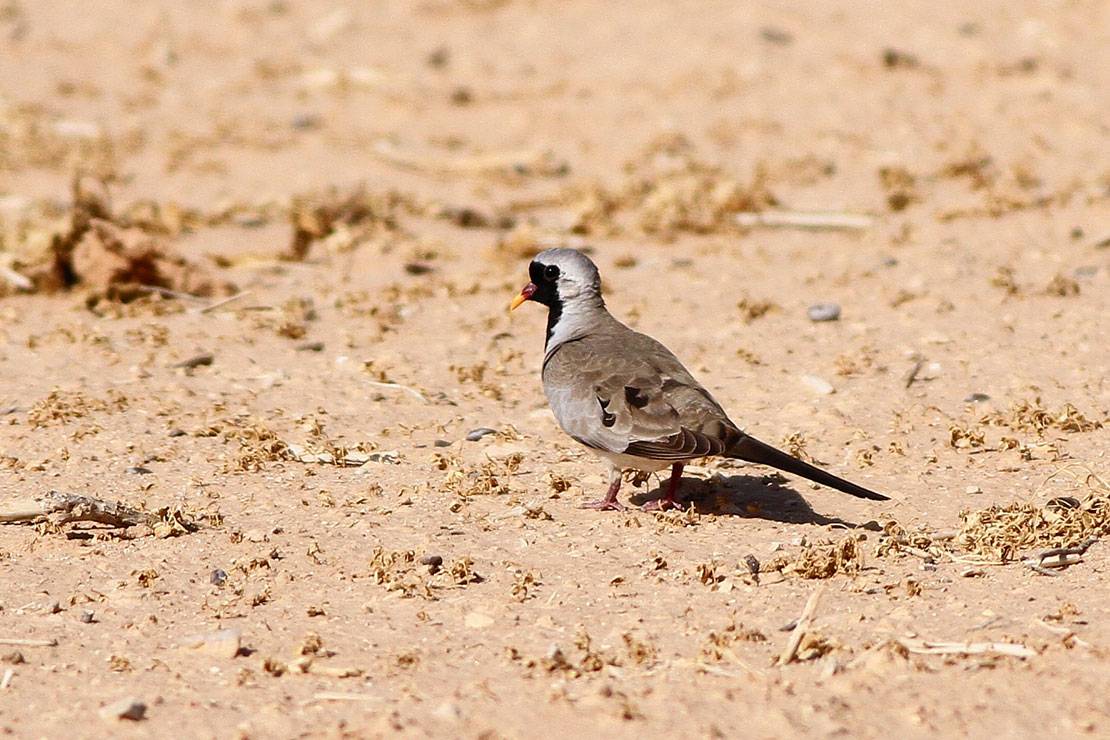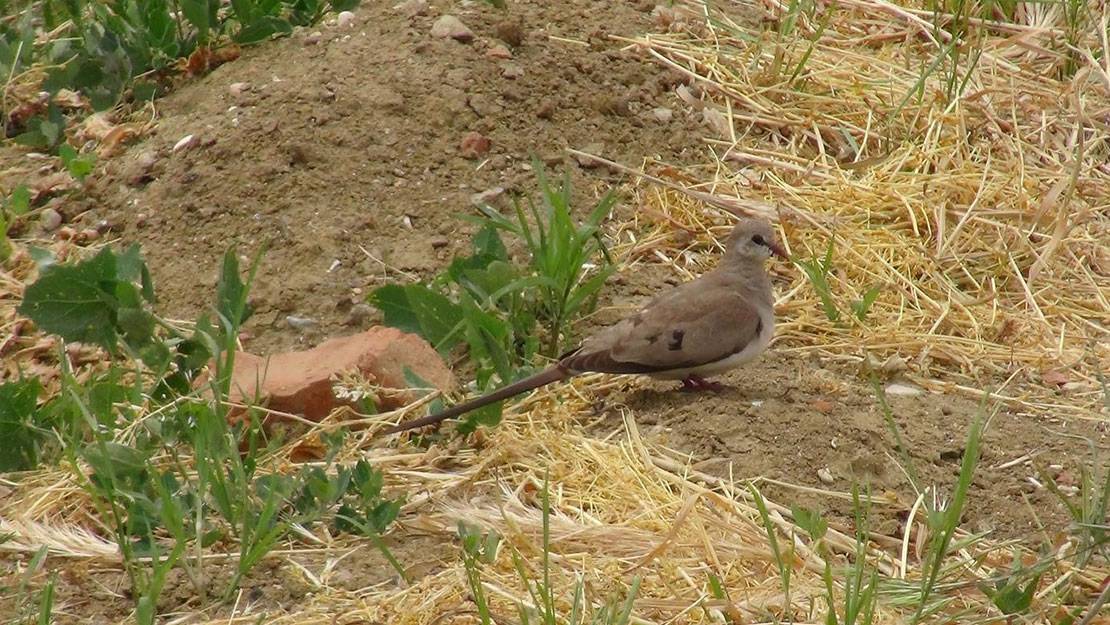Guest blog by Łukasz Ławicki
Expansion and range extension of Namaqua Dove Oena capensis in the OSME Region has been going on for several decades. But in the last decade, this process significantly increased in pace. In recent years, the species has been added to the list of several countries, and in some countries its status changed from extreme vagrant to rare visitor. In a new paper published recently in Dutch Birding, I summarized the (mostly) northward spread of Namaqua Dove.
The species colonized the Arabian Peninsula and Israel mainly in the 1970s and 1980s. In the first decade of the 21st century, the Arabian population was estimated at more than 60 000 pairs (cf. Atlas of the breeding birds of Arabia, 2010, by Mike Jennings). In Israel, until the mid-1990s, Namaqua Dove was a scarce local breeding visitor that was very rare in winter in the Arava valley, and an occasional visitor to the northern Negev, the eastern and northern valleys and the Golan. Currently, it is increasing and there are presumably several 100s of pairs in the Rift valley from Eilat to Hula, the Negev and along the Mediterranean coast.

In the first decade of the 21st century, the species colonized other countries in the Middle East, such as Syria (first record in 2003), Iraq (2004), Turkey (2005) and Iran (2007). Now, the species’ status in these countries has changed dramatically; in Iraq, as many as 50 pairs were counted at Dalmaj marshes and surrounding areas in 2012; in Iran, there are up to now about 30 records involving almost 100 birds, including also breeding records; and in Turkey, there are now about 20 records.
But this was not yet the end! In recent years, Namaqua Doves also ventured to the Caucasus area, with first records in Abkhazia (2013), Dagestan (2016), Armenia (2017) and Azerbaijan (2018). What is more, recently, there have been first records in Central Asia (in Uzbekistan in 2009 and 2013) and in South Asia (in Pakistan in 2016 and in India in 2017)! Are these indications of new colonisations starting in these regions? In the next decades we will know the answer.

Probably the main reasons for the expansion is global warming and the increase of irrigated agriculture, which provided new areas with favourable habitats. In recent years, the species was also found in habitats it previously avoided – mangrove forests in southern Egypt – which indicates a high adaptability.
Namaqua Dove is better classified as an opportunistic nomad than as a true intra-African migrant. The species resembles Palearctic migrants in that, unlike average resident African species, they show a seasonal peak in body mass and fat scores. However, unlike Palearctic migrants, they do not accumulate fat reserves. These findings may support the hypothesis that genuine vagrancy to remote areas is a natural feature of this species.
An article ‘Go north – range extension of Namaqua Dove in the Palearctic and South Asia’ has been published in the journal Dutch Birding and is available at:
Contents of all issues (most of them for free) of Dutch Birding with many articles from the OSME Region can be found at: https://www.dutchbirding.nl/journal

Łukasz favourite birding areas include the Middle East and Northern Africa. He is the secretary of the Egyptian Ornithological Rarities Committee and a member of the editorial board of Dutch Birding. His main interests are changes in the distribution and range of bird populations and taxonomy, identification and occurrence of rare birds in the Western Palearctic.


